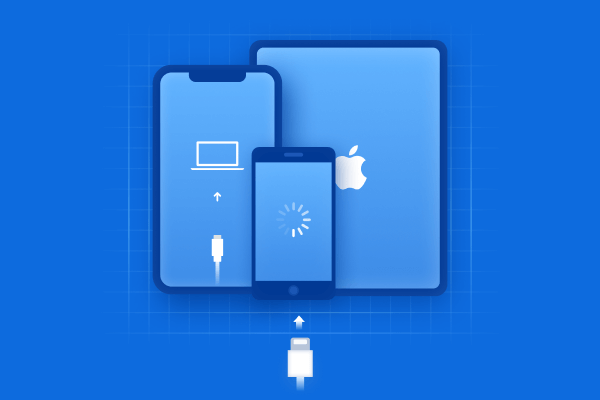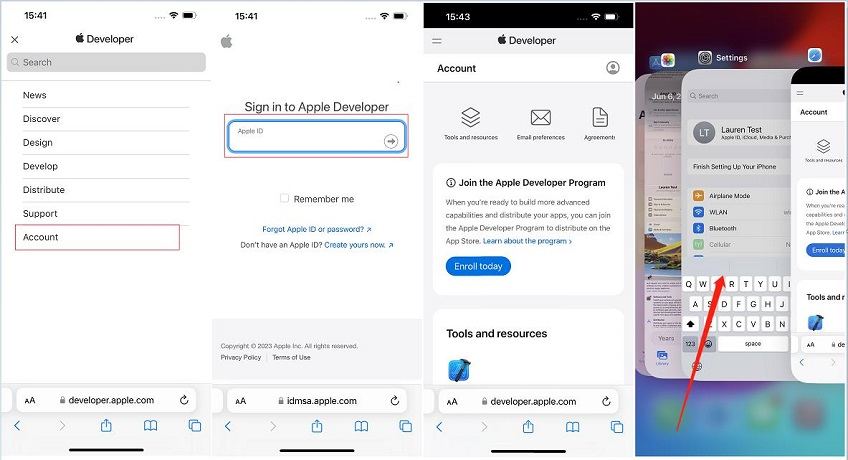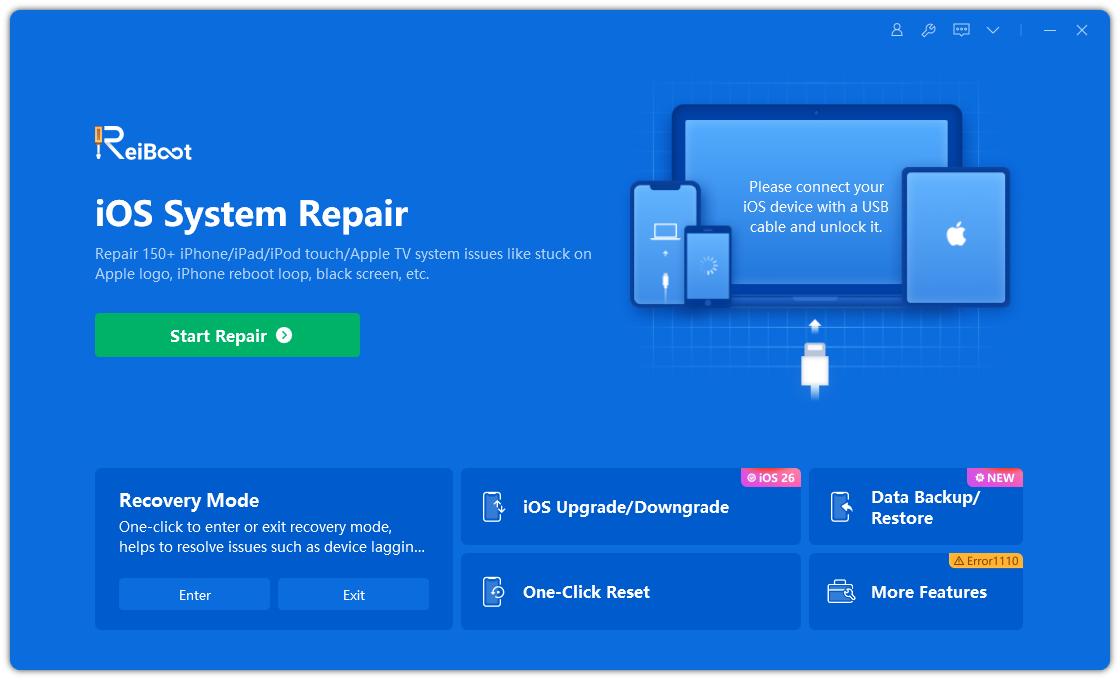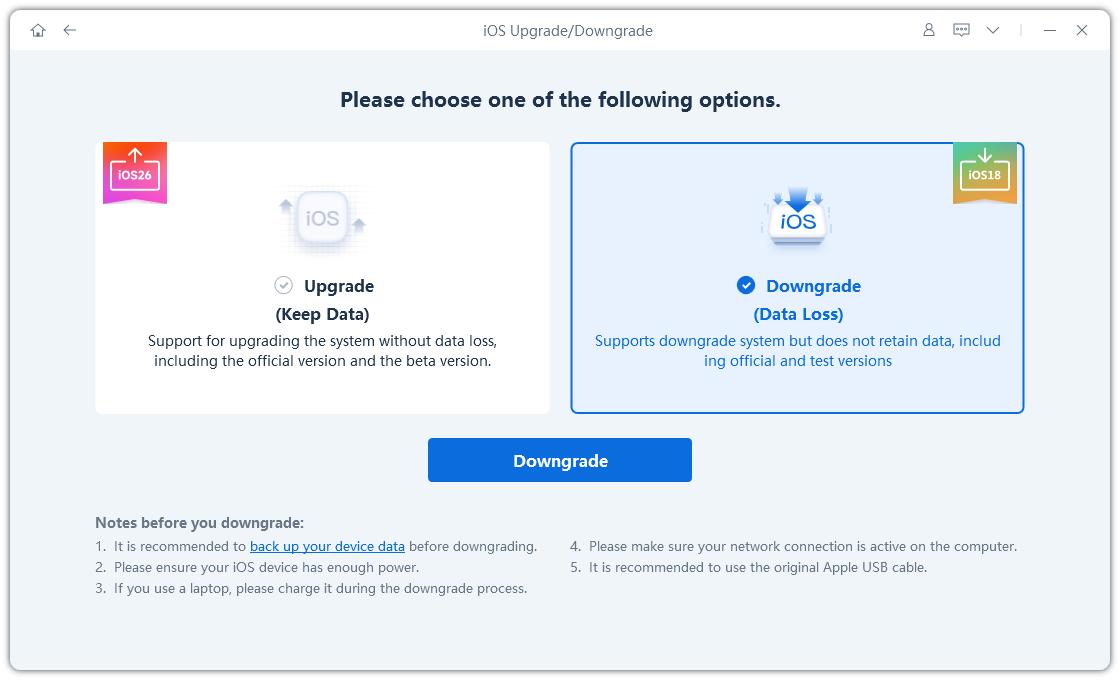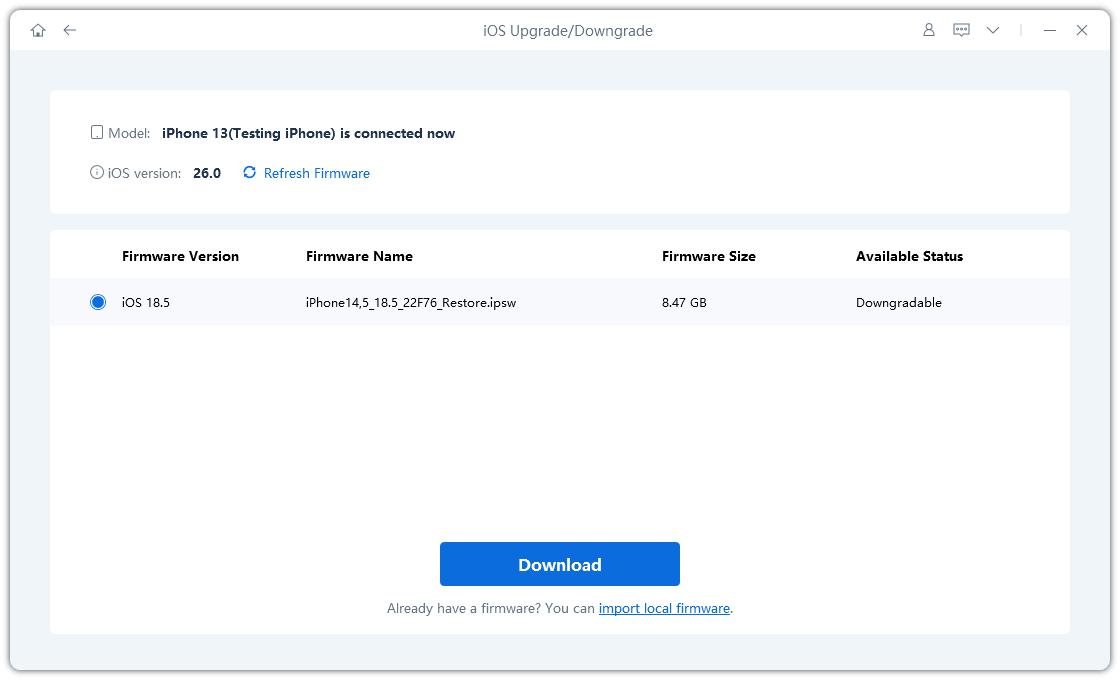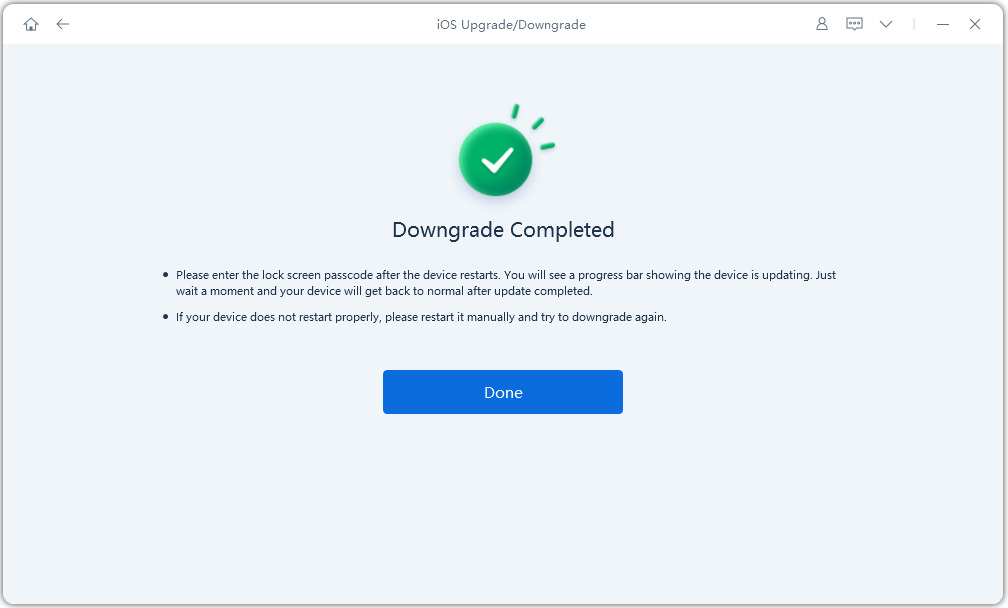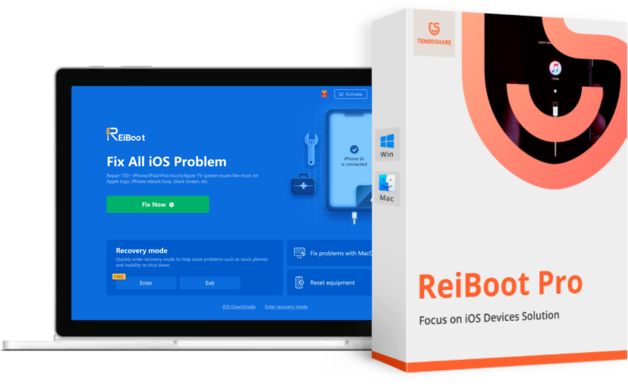iOS 18 vs. iOS 17: Should You Update? [Answered]
Apple's latest mobile operating system, iOS 18, will be released in September, and many users are wondering whether they should upgrade from the previous version, iOS 17. In this comprehensive article, we'll explore the new features, performance, compatibility of iOS 18, compare it to its predecessor, and help you decide if the update is worth it for your specific needs.
- Part 1: What are the iOS 18 New Features?
- Part 2: Is iOS 18 Better Than iOS 17? [iOS 18 vs. iOS 17]
- Part 3: How to Download and Install iOS 18 Free [Official]
- Part 4: How to Downgrade iOS 18 to iOS 17 without iTunes
Part 1: What are the iOS 18 New Features?
What are the changes from iOS 18 to iOS 17? iOS 18 comes packed with a range of exciting new features and improvements designed to enhance your overall user experience, especially in AI. Let's dive into some of the most notable additions.
1. Siri AI
iOS 18 introduces an enhanced Siri AI, making Siri more intelligent and capable. The new Siri AI can understand and perform more complex tasks, offer more personalized suggestions, and interact more naturally. It integrates deeply with your apps, providing contextual assistance based on your usage patterns and preferences. Siri AI also benefits from improved natural language processing, allowing for more accurate and fluid conversations.
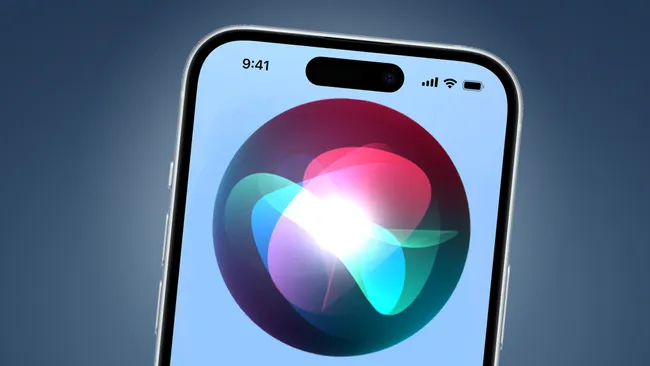
Besides, Vocal Shortcuts enhance Siri’s functionality by allowing you to assign custom utterances for launching shortcuts and completing tasks. This feature is particularly beneficial for users with atypical speech patterns, as it uses on-device machine learning to improve speech recognition and ensure secure processing.
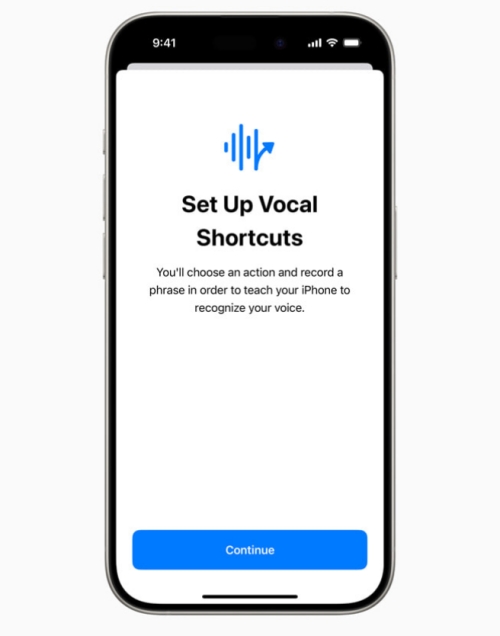
2. Eye Tracking
The most prominent feature in iOS 18 is Eye Tracking. Now, you can navigate your iPad and iPhone using your eye movements. This feature utilizes the front-facing camera for setup and calibration, enabling hands-free control of your device. It works seamlessly across iPadOS and iOS apps without requiring additional hardware. You can also use Dwell Control to activate elements and functions by simply looking at them for a specified duration.
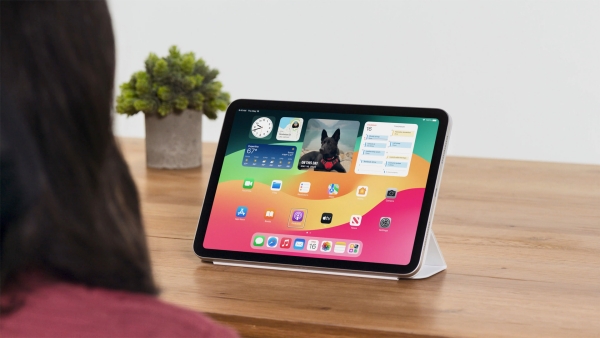
3. Music Haptics
For users who are deaf or hard of hearing, Music Haptics allows you to experience music through the Taptic Engine. This feature plays taps, textures, and vibrations in sync with the audio, providing a tactile way to feel the music. It’s available across millions of songs in the Apple Music catalog and as an API for developers to incorporate into their apps.
4. Vehicle Motion Cues
Vehicle Motion Cues help reduce motion sickness when using your iPhone or iPad in a moving vehicle. The feature uses animated dots on the screen edges to represent changes in vehicle motion, providing a visual representation that helps mitigate discomfort. It automatically recognizes when you are in a moving vehicle and adjusts accordingly.
5. CarPlay Updates
CarPlay has received several updates to enhance its accessibility and usability:
- Voice Control: Navigate and control apps using your voice.
- Sound Recognition: Receive alerts for important sounds like car horns and sirens.
- Color Filters and Bold Text: Improve visual accessibility for users with vision impairments.
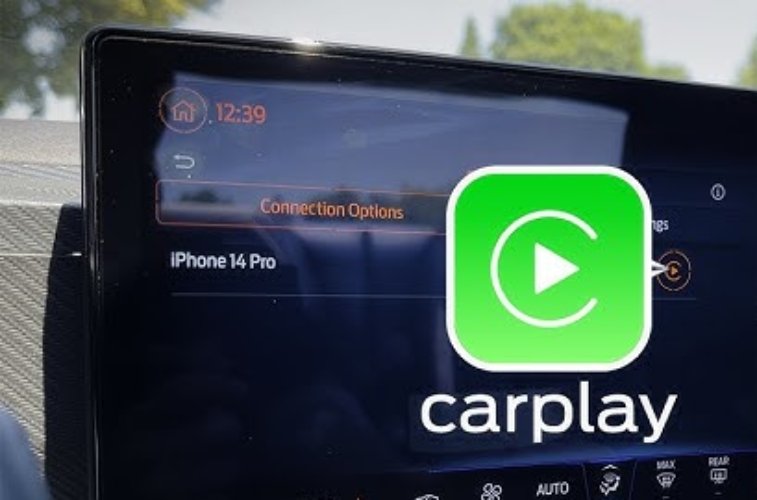
Part 2: Is iOS 18 Better Than iOS 17? [iOS 18 vs. iOS 17]
Now that we've explored the new features of iOS 18, let's compare differences between ios 18 and 17, and o determine whether iOS 18 is better than iOS 17 and if the update is worth your time and effort.
| iOS 18 | iOS 17 | |
|---|---|---|
| Release Date | 2024 | 2023 |
| Performance | Smoother overall performance | App launches and animations may be slower |
| Battery Life | Varied results based on usage patterns | Many users report battery drained issue |
| Compatibility | Support iPhone XR and later (including iPhone 16 series) | Support iPhone 8 and later (not including iPhone 16 series) |
| New or Updated Apps | AI-integrated App like Siri, Safari etc. | Journal App, StandBy Mode, FaceTime, Check In Message |
| Downgrade Options | Support to downgrade to iOS 17 | Not possible |
Part 3: How to Download and Install iOS 18 Free [Official]
If you're eager to experience iOS 18 before its official release, you can participate in the Apple Software Program and download the iOS 18 on the June 10. Here's how you can get started:
- Visit the Apple Software Program website and sign in with your Apple ID.
- Follow the on-screen instructions to enroll your device in the program.
Once enrolled, navigate to the "Software Update" section within the Settings app on your device.

- When the iOS 18 update becomes available, tap on "Download and Install."
- Follow the on-screen prompts to complete the installation process.
It's important to remember that software can be unstable and may contain bugs or issues. Therefore, it's advisable to install the iOS 18 on a secondary device or one that you do not rely on for critical tasks.
For a smoother and more reliable upgrade experience, Tenorshare ReiBoot can be an invaluable tool. This powerful iOS system repair software simplifies the process of upgrading to the latest iOS versions. With Tenorshare ReiBoot, you can easily download and install iOS updates without encountering common issues such as device crashes or data loss. The software also offers features to repair iOS system problems that might occur during or after the upgrade, ensuring your device runs smoothly on the new iOS version.
Also Read: How to Download and Install iOS 18 Free with 4 Easy Ways
Additionally, ReiBoot supports fixing over 150 iOS system issues, entering and exiting recovery mode, and resolving various iTunes errors, making it an essential companion for anyone looking to keep their iOS device in optimal condition during updates.
Part 4: How to Downgrade iOS 18 to iOS 17 without iTunes
If you install the iOS 18 but wish to revert to the stable iOS 17 version, you can easily do so using Tenorshare ReiBoot. Tenorshare ReiBoot is a powerful iOS system repair tool that provides a seamless solution for downgrading iOS versions. This user-friendly software not only allows you to downgrade from iOS 18 to iOS 17 without using iTunes, but it also ensures that your data remains intact during the process, provided you follow the instructions carefully.
Additionally, Tenorshare ReiBoot offers a range of other features, including entering and exiting recovery mode with a single click, repairing various iOS system issues like black screens or boot loops, and resolving iTunes errors encountered during updates or restores.
Tips: It's essential to note that downgrading to an older iOS version will erase all data and settings on your device. Therefore, it's crucial to create a backup of your data before proceeding with the downgrade.
Download and install Tenorshare ReiBoot on your computer. Launch Tenorshare ReiBoot and connect your iPhone or iPad to the computer. Select the "iOS Upgrade/Downgrade" option from the main interface.

Choose "Downgrade" mode to proceed.

Download the iOS 17 firmware package by clicking the "Download" button.

Once the firmware is downloaded, click "Initiate Downgrade" to initiate the downgrade process. Wait for the process to complete.

After the downgrade is completed, your device will restart with iOS 17 installed. Set up your device and restore your backup to retrieve your data.

Conclusion
Whether you should upgrade to iOS 18 depends on your specific needs and priorities. If you value the latest features, improved security, and enhanced multitasking capabilities, upgrading to iOS 18 may be the right choice for you. However, if you prioritize familiarity and stability, or if you're using an older device model, you may want to wait for a few updates before making the switch.
Ultimately, the decision to upgrade is a personal one, and it's essential to weigh the pros and cons based on your usage patterns and device compatibility. If you choose to upgrade, ensure that you back up your data and prepare for a potential learning curve as you adjust to the new features and design changes brought by iOS 18.
- Downgrade iOS 18 to iOS 17 ;
- Fix iPhone won't restore in recovery mode, my iPhone is stuck on the Apple Logo,iPhone black screen of death, iOS downgrade stuck, iPhone update stuck, etc.
- Support all iPhone models and the latest iOS 18 and earlier.
Speak Your Mind
Leave a Comment
Create your review for Tenorshare articles
